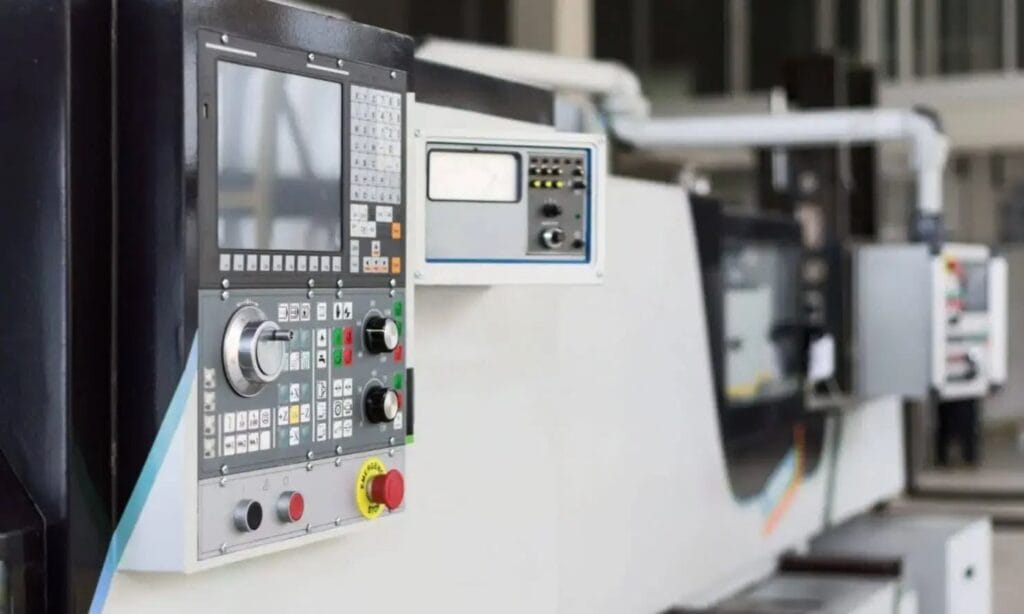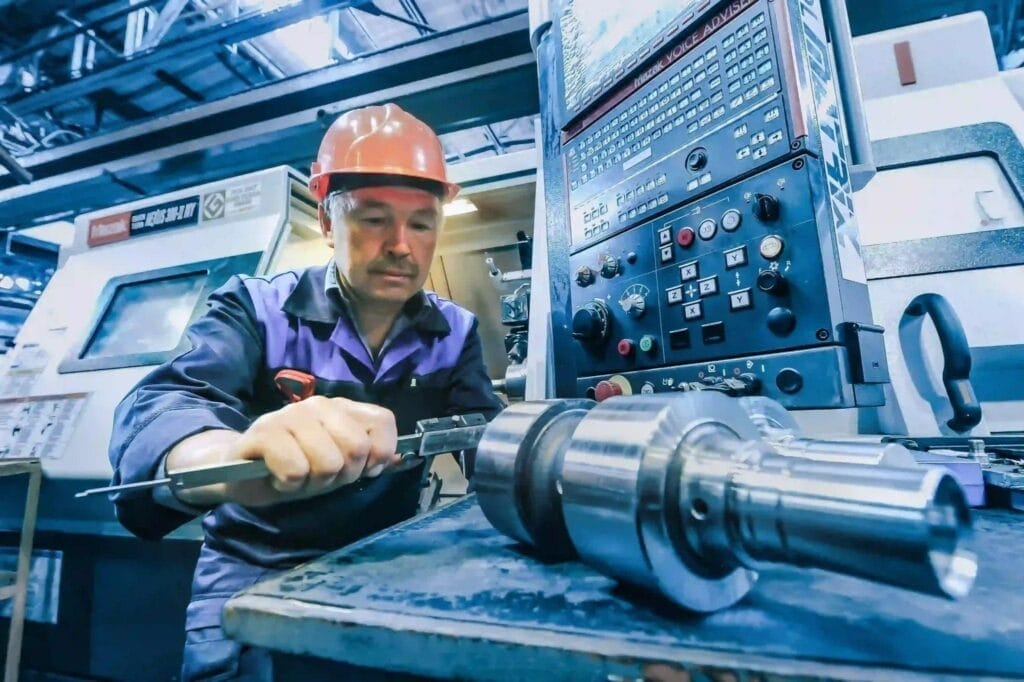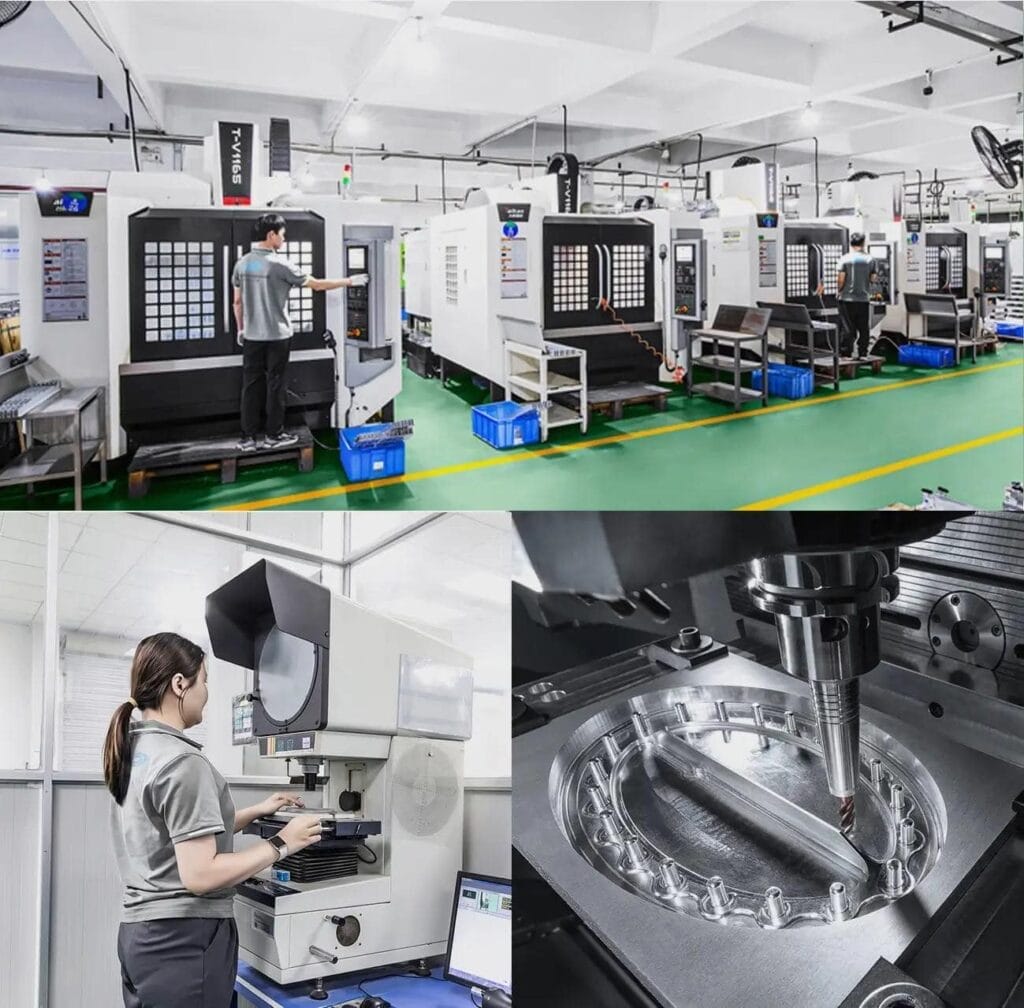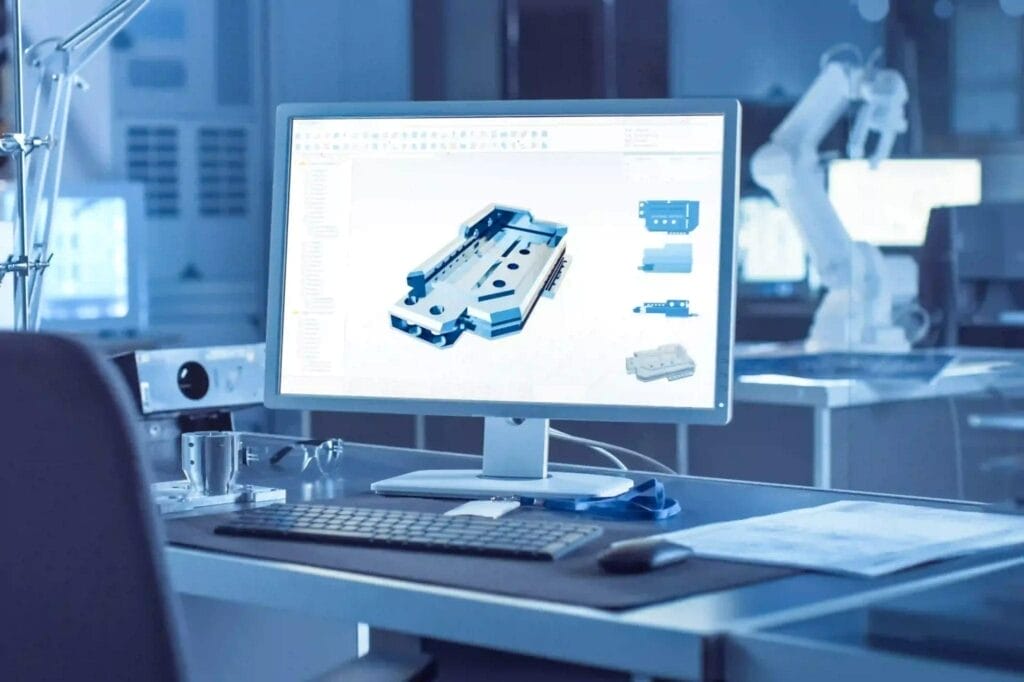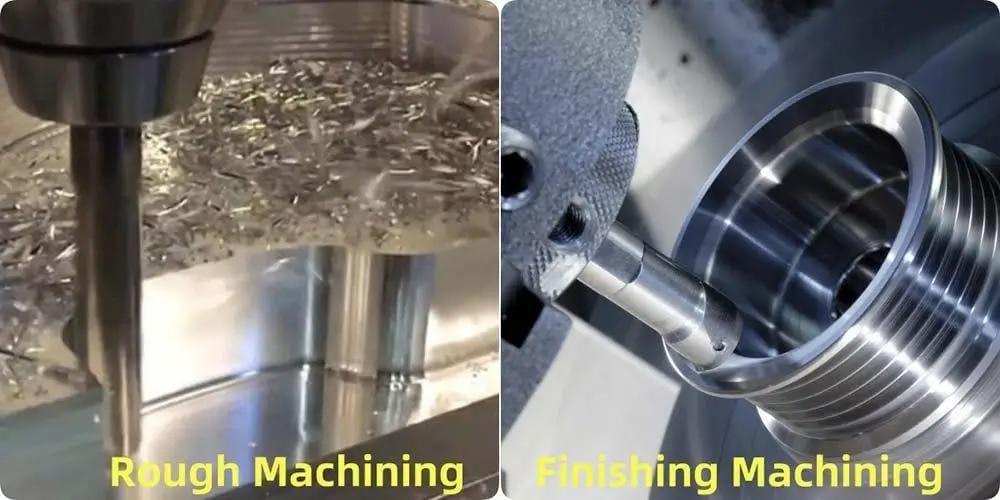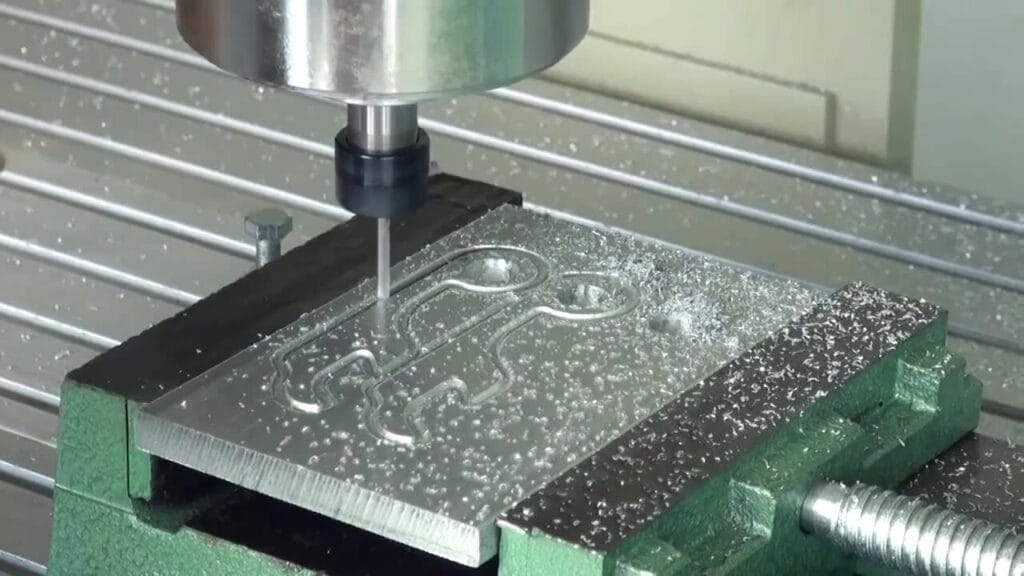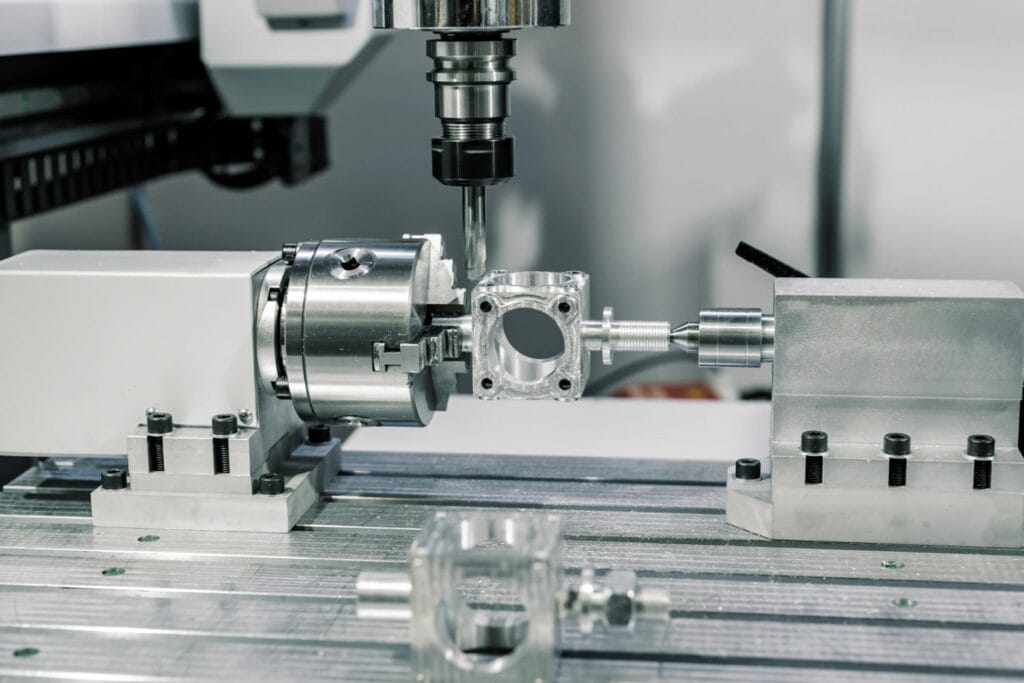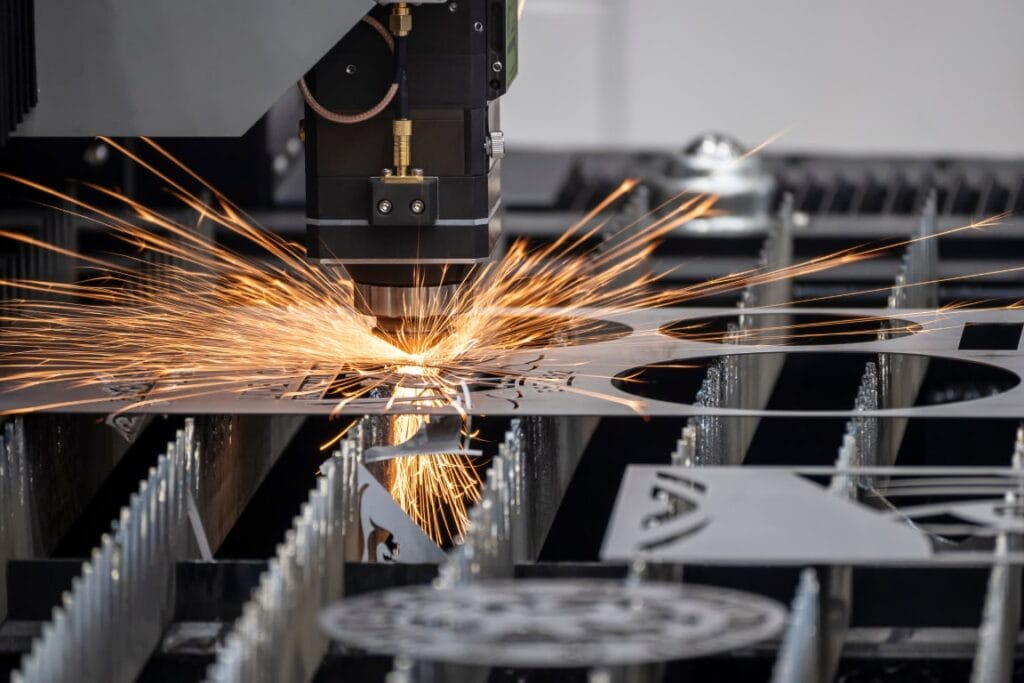Rapid Prototyping CNC Machining
Rapid prototyping through CNC machining turns your CAD designs into physical, precision-machined parts faster than you might believe possible. Unlike additive methods, this process carves away material from solid blocks to reveal your component — kind of like a sculptor freeing a statue from marble. The result? Functional prototype parts with exceptional surface finish and the tight tolerances your project demands.
At Yijin Hardware, the focus is on precision prototyping using those 2 1⁄2-D toolpaths combined with multiple orientation indexing. This approach achieves remarkable accuracy of measurements down to ±0.01 mm without that annoying stair-step effect you typically see in 3D printed parts. When you need a prototype that looks and performs like the final product, this difference matters tremendously.
- ⬤Service
- ⬤Your Details
- ⬤Submit


What is Rapid Prototyping CNC Machining?
Rapid prototyping CNC machining takes your digital designs and transforms them into physical prototypes by carving away material from solid blocks using computer-controlled cutting tools. Unlike those 3D printing methods that build things up layer by layer, CNC prototyping delivers parts with way better surface finish, spot-on dimensional accuracy, and works with practically any material you can imagine — all without those telltale layer lines.
The whole process happens automatically from your digital files with minimal human involvement once the program is set.
Our CNC mill centers don’t need to recognize specific features in your design — they use these feature-free, generic toolpaths combined with rotary axes that spin the part around. This approach eliminates the headaches of complex feature recognition that plague other systems. The technology delivers some serious advantages:
- Superior surface quality right off the machine — no extensive sanding or finishing needed
- Ridiculous dimensional precision (we’re talking ±0.01 mm tolerance)
- Complete material consistency throughout the entire prototype
- Actual production material testing capabilities — test with the real stuff, not substitutes


Our Rapid Prototyping CNC Machining Services
Yijin Hardware provides comprehensive CNC prototype machining services utilizing advanced 5-axis CNC machines for complex geometries. We implement both pure subtractive and hybrid rapid prototyping approaches, including Shape Deposition Manufacturing (SDM) and arc weld deposition combined with machining for metal parts.
Core Capabilities:
- 5-axis CNC milling and turning with opposing fourth-axis indexers
- High-speed machining at rates exceeding 1000 mm/min
- Rapid tooling production for injection molding service needs
- Near-net shape prototyping with optimized toolpath strategies
Every project undergoes rigorous quality control using measurement equipment compliant with ISO 2768 standards for general tolerances.
| Service | Capabilities | Tolerances | Materials |
|---|---|---|---|
| CNC Machining Service | 3-axis, 5-axis | ±0.01 mm | Metal and plastic |
| CNC Turning | Complex profiles | ±0.01 mm | Most machinable materials |
| Hybrid Manufacturing | SDM, Arc Weld Deposition | ±0.02 mm | Custom metal options |
| Sheet Metal Fabrication | Forming, Welding | ±0.05 mm | Steel sheet metal, Aluminum |
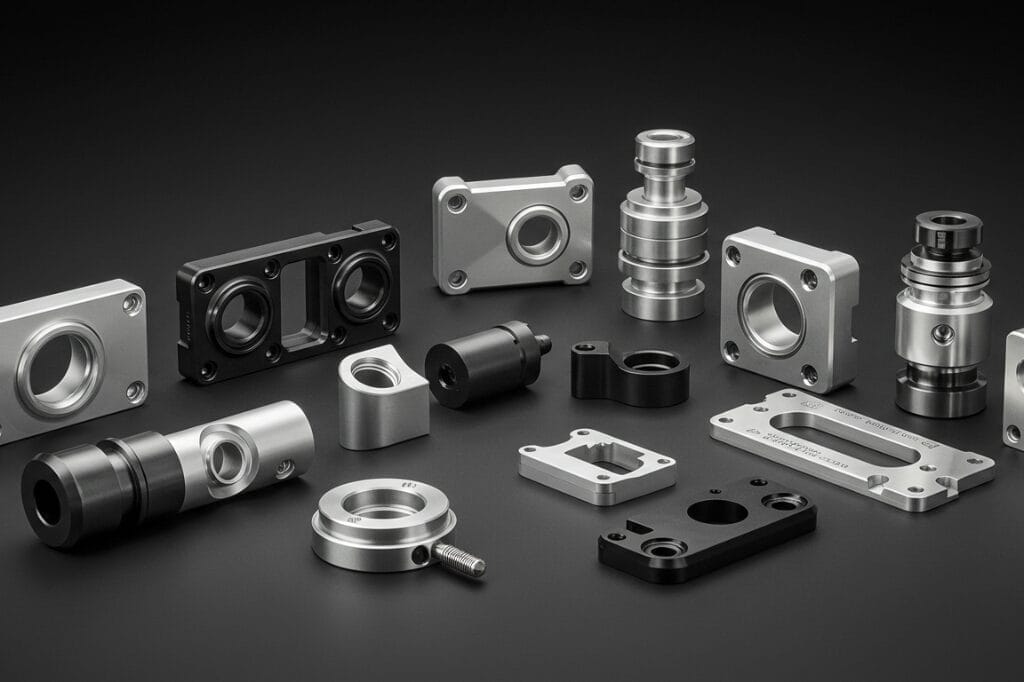
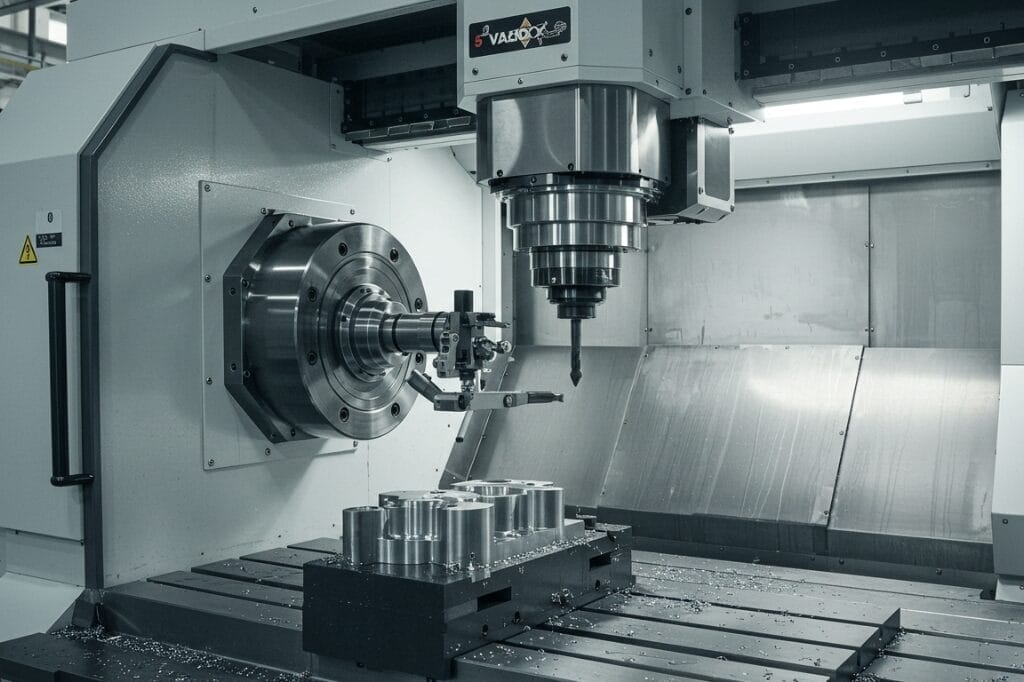
How does Multi-Axis Machining Create Complex Geometries?
Multi-axis CNC machining creates complex geometries by enabling tool access from multiple orientations without manual refixturing. Our machining process utilizes opposing indexers for part rotations, minimizing setup time and operator intervention. This technology balances small-diameter cutting tool options for detail with roughing cutters for bulk removal.
Technical Advantages:
- Multi-orientation machining without refixturing using rotary axes
- Feature-free toolpaths avoiding complex feature recognition
- Elimination of geometric limitations found in traditional methods
- Full part machining with strategic indexing for aerospace and automotive applications
The CNC machining process is simplified through our advanced CAM software, which generates optimized toolpaths while ensuring collision avoidance. This approach enables the creation of undercuts, complex contours, and intricate features that would challenge conventional methods or additive manufacturing technologies.
How Fast Can You Get From CAD to Functional Prototype?
You can receive completed rapid prototype parts within 3–5 days from CAD submission, with shorter lead times for less complex designs. Our streamlined prototyping process accelerates product development through rapid iterations and testing of near-final prototypes in production materials.
Prototyping Process Timeline:
| Process Stage | Timeline | Key Activities |
|---|---|---|
| Design Review | 24 hours | DFM analysis, optimization |
| Programming | 24–48 hours | Toolpath generation |
| Machining | 1–3 days | Multi-orientation processing |
| Quality Inspection | 4–8 hours | ISO compliance verification |
| Finishing | 1–2 days | Surface treatments if required |
Our development process accepts standard CAD formats and employs in-process inspection for real-time quality control. For urgent projects, we offer expedited services with delivery in as little as 48 hours for simpler designs.
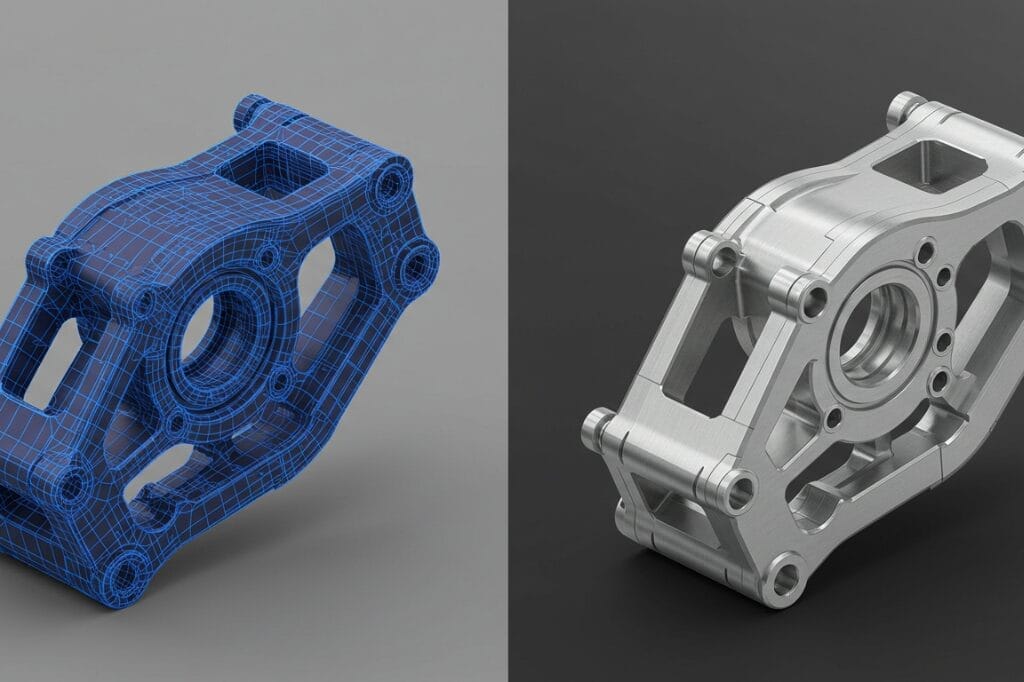
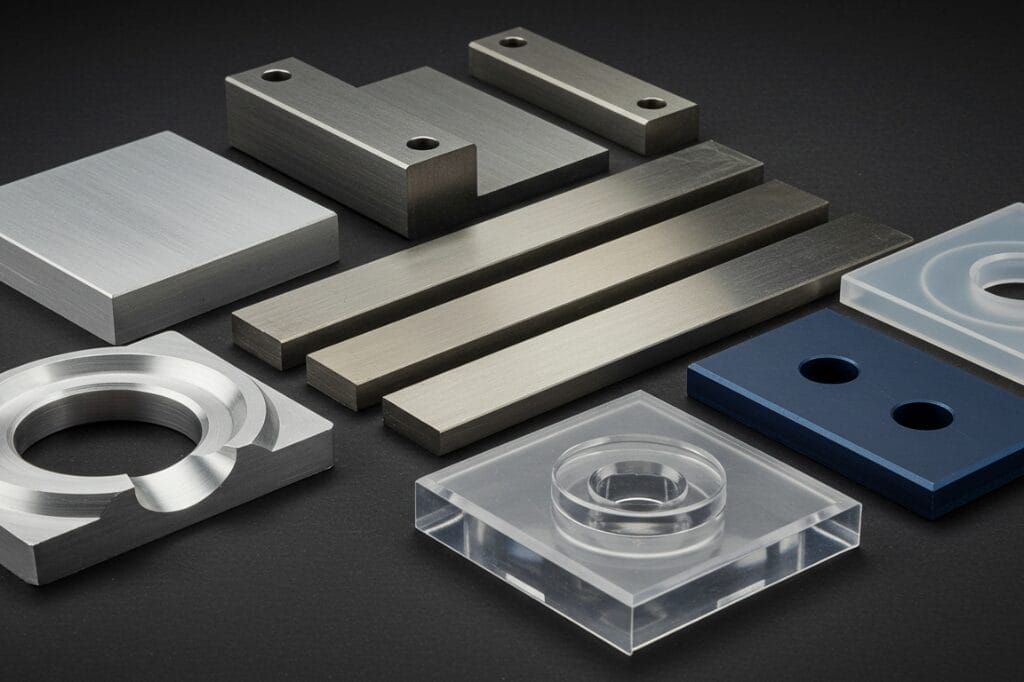
What Materials Provide the Best Functional Testing Results?
Production-grade plastic and metal materials provide the most accurate functional testing results by matching the properties of the final product. Our machining capabilities include:
Material Options:
- Metals:
- Plastics:
This extensive selection eliminates the limitations common in digital manufacturing methods like 3D printing, allowing testing with actual production materials. Each material undergoes verification for dimensional stability and mechanical properties throughout the machining process.
How does Prototype-to-Production Transition Work?
Prototype-to-production transition works seamlessly when using CNC technology for both prototyping and production parts, eliminating retooling and process changes. This continuous approach provides:
Transition Benefits:
- Zero process changes between prototyping and production
- Consistent material properties across all phases
- Identical surface finish and precision
- Scalable parts production from dozens to thousands
The transition utilizes the same CAD models, toolpaths, and manufacturing parameters, ensuring complete consistency. For higher volumes, we implement plastic injection molding or optimize fixtures to allow multiple machined parts to be processed simultaneously while maintaining quality standards.
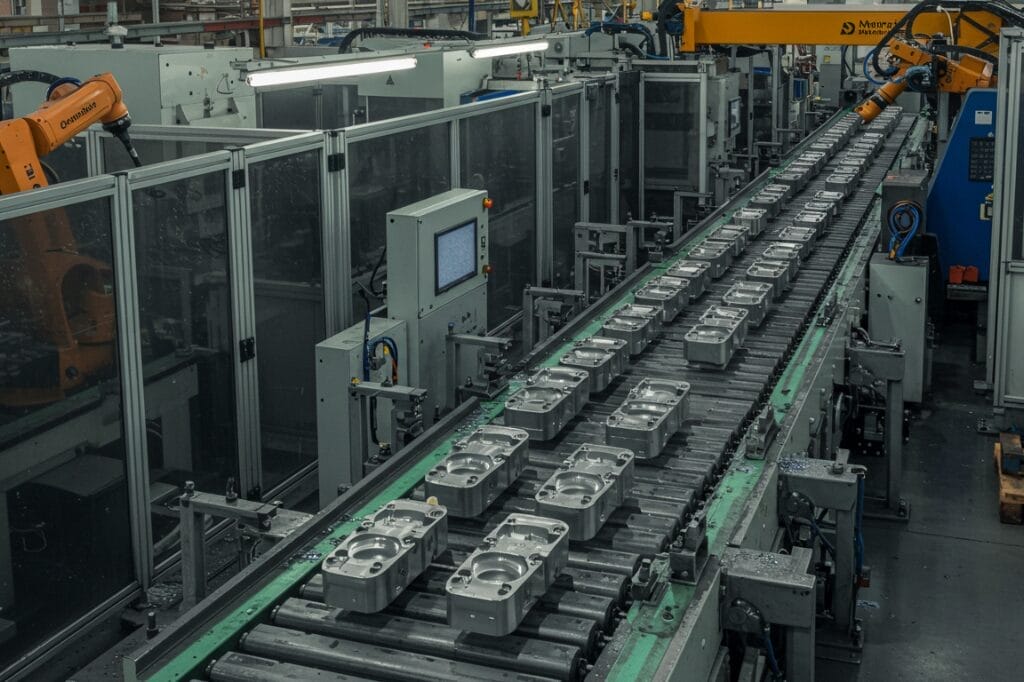
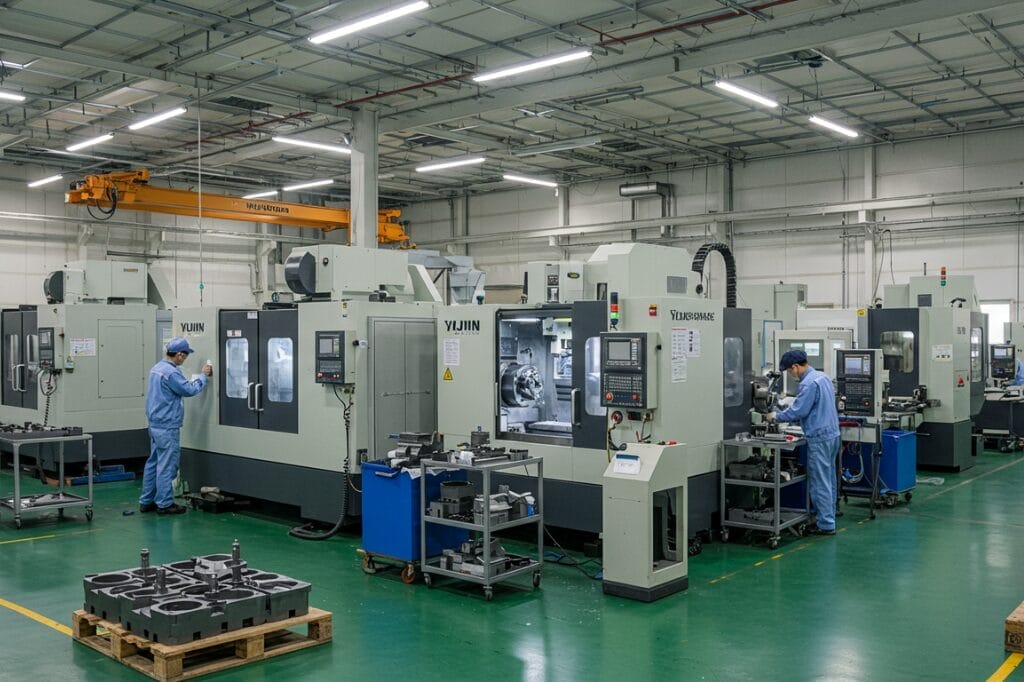
Why Choose Yijin Hardware for Rapid Prototyping CNC Machining?
Yijin Hardware delivers superior machined prototypes through advanced machining capabilities and comprehensive engineering expertise. Our benefits of CNC prototyping include:
- Implementation of hybrid approaches combining additive methods with subtractive techniques
- Process optimization through strategic machining strategies and orientation selection
- Shape Deposition Manufacturing capabilities for complex prototypes
- Integration of CAD/CAM systems for seamless workflows
Unlike competitors focusing solely on traditional methods for rapid prototyping, we provide advanced manufacturing capabilities that expand your prototyping options. Our quality management system ensures consistent results that meet or exceed industry standards for your prototyping needs.

What Our Clients Say
Rapid Prototyping CNC Machining FAQs
CNC machining is one type of rapid prototyping that employs subtractive manufacturing, removing material from a solid block using computer-controlled machine tools. This approach utilizes feature-free, generic toolpaths with strategic indexing to achieve full part machining without complex feature recognition requirements. Unlike additive processes building parts layer by layer, subtractive methods maintain material integrity throughout, resulting in superior properties without the bonding issues present in 3D printed parts.
The basic principle of rapid prototyping is the automatic fabrication of physical models directly from CAD designs with minimal human intervention. This concept focuses on quickly creating representations for evaluation before committing to production. The principle applies across multiple processes for rapid prototyping, including subtractive (CNC machining), additive (3D printing), and formative (molding) methods. Each approach converts digital models into fabrication instructions that automated systems execute to produce physical prototypes, with varying advantages for different applications.
The four types of prototyping are subtractive manufacturing (using CNC machining), additive manufacturing (3D printed parts), formative manufacturing (molded prototypes and production parts through plastic injection molding), and hybrid manufacturing (combining multiple methods). Subtractive approaches offer excellent precision and material properties through material removal. Additive methods build parts layer by layer, providing complex internal features. Formative techniques shape material using molds for initial production. Hybrid prototyping, such as Shape Deposition Manufacturing, combines additive deposition with CNC machining to leverage benefits of both approaches for complex applications.
CNC Resources
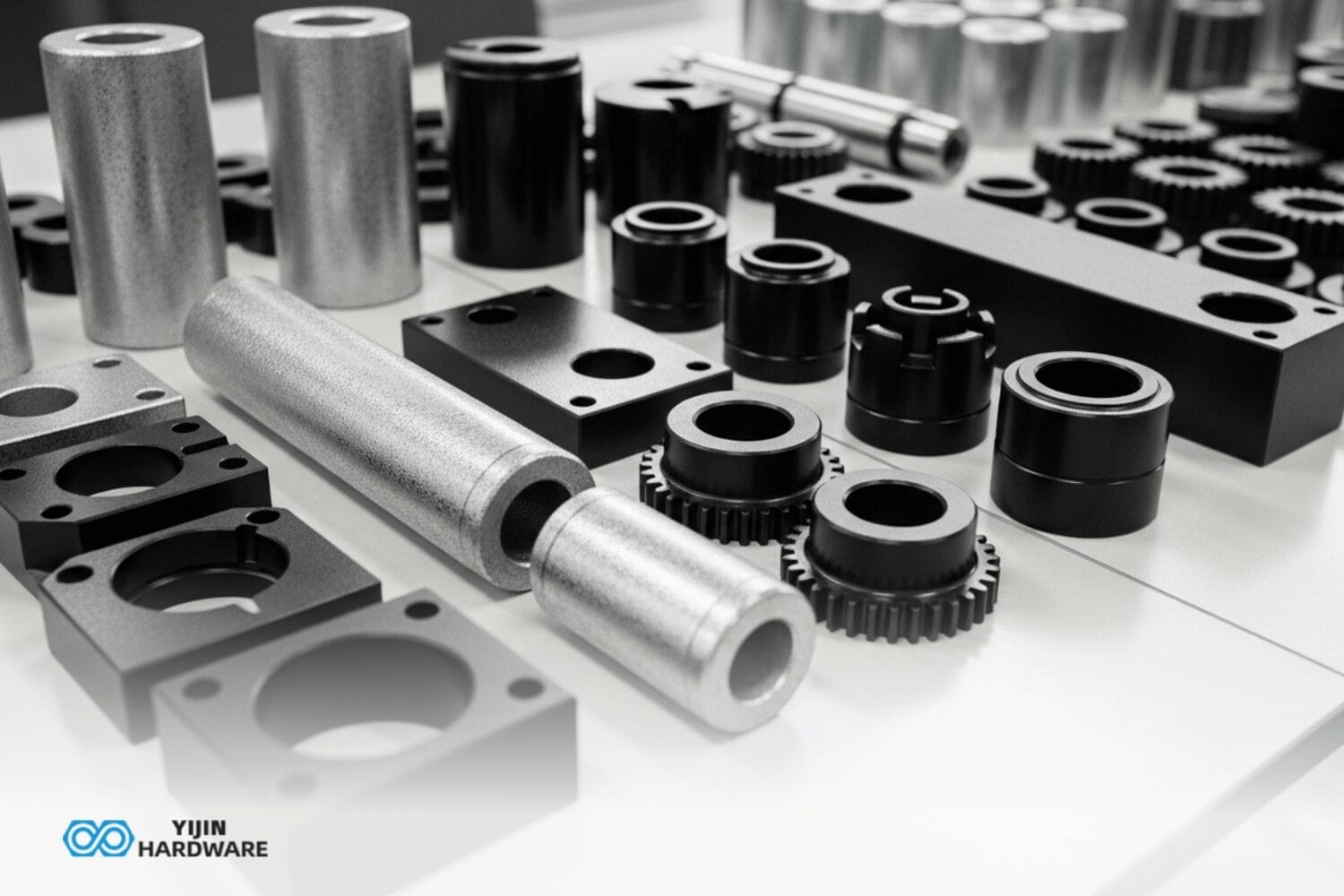
Data Center Component Reliability Upgrade: Digital Realty Partners with YIJIN Hardware to Develop Galvanized and Black Painted Aluminum Alloy Core Components
With over 150 advanced CNC machines and an ISO 9001 quality inspection system, the precision and environmental resistance of parts
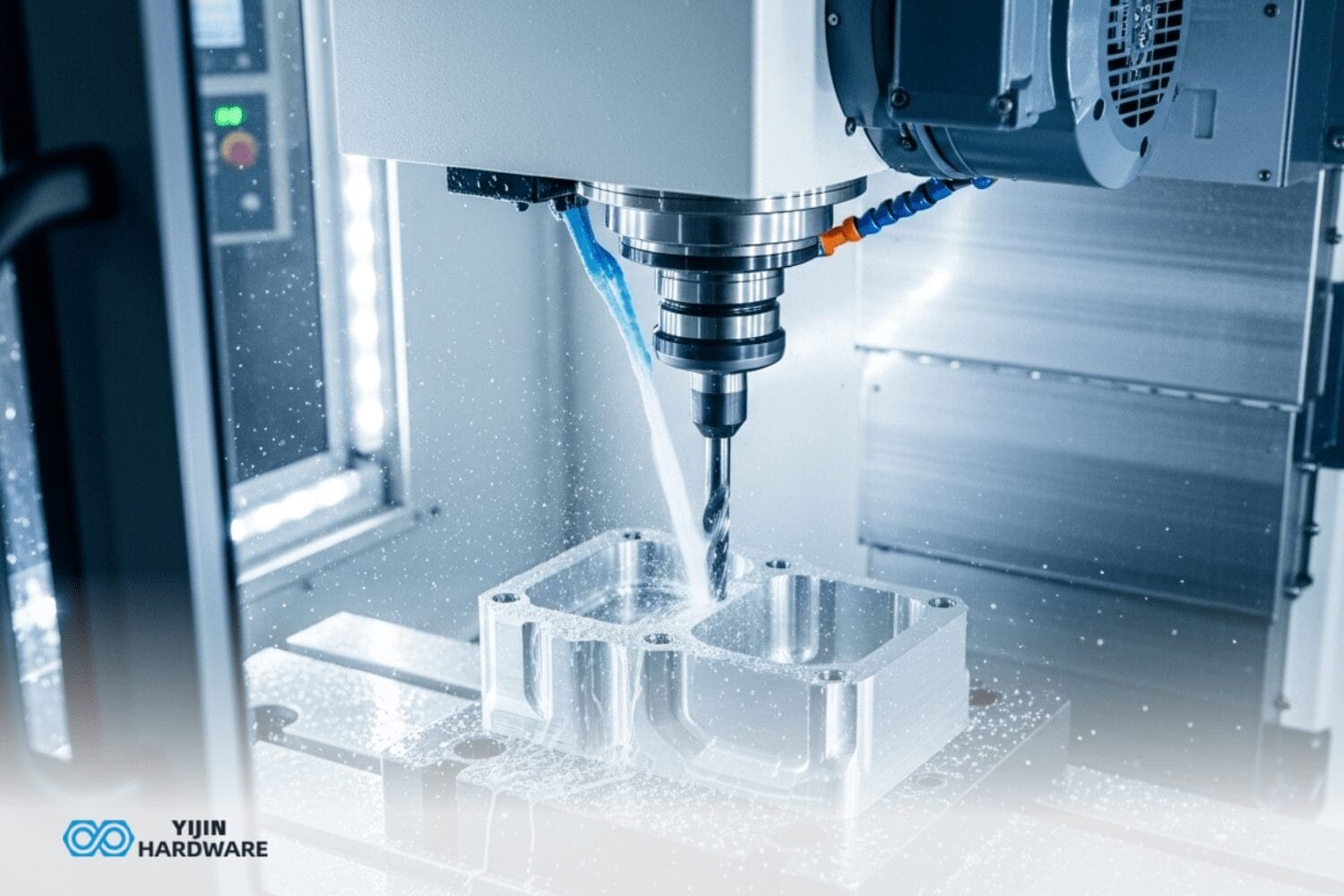
White Paper on Precision Aluminum Alloy Processing Technology
Industry background and craftsmanship value In high-end manufacturing, lightweighting, high precision, and high reliability have become core development directions. Aluminum
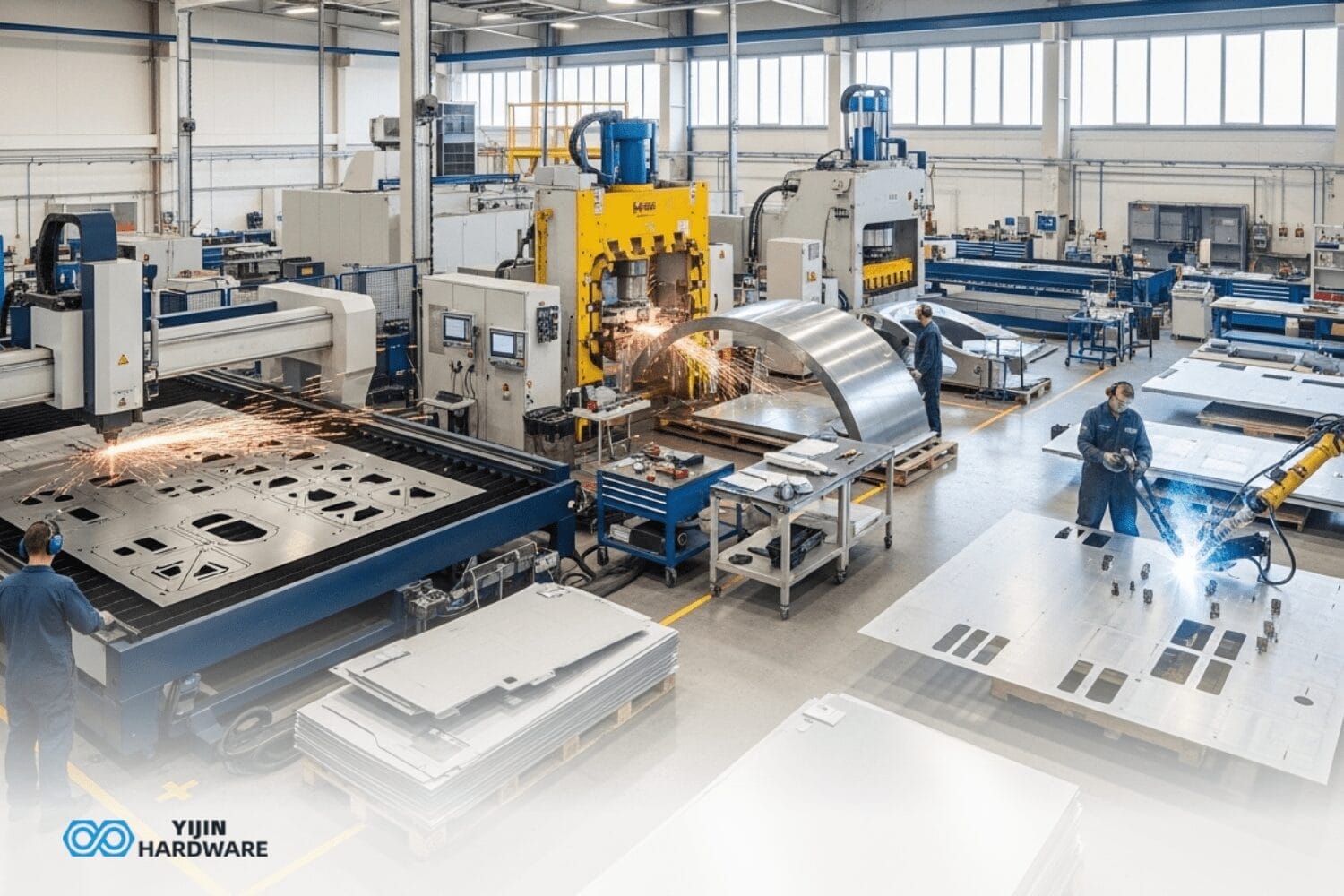
How Yijin Customized High-Precision Forming Solutions for Thales Alenia Space
Thales Alenia Space is a global leader in the aerospace industry, specializing in the development of satellite systems and deep
Start today. Get parts made fast.
Free Machined Parts Design to Your Projects with Fast Turnaround Times.


